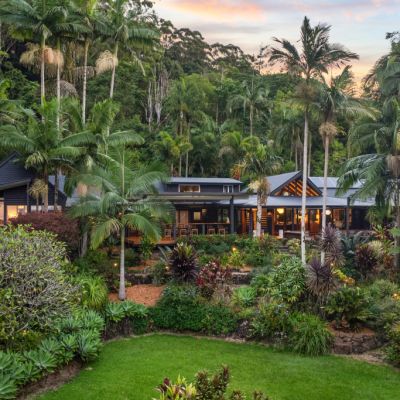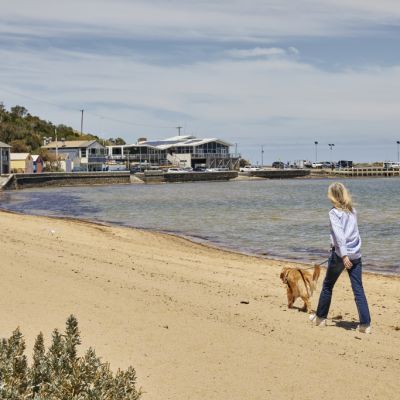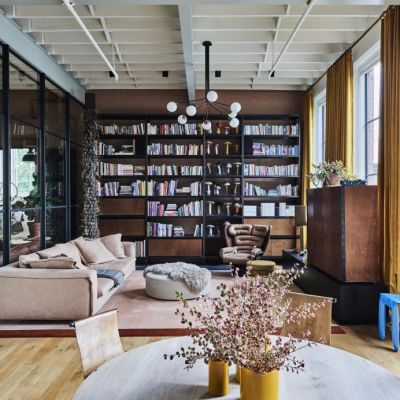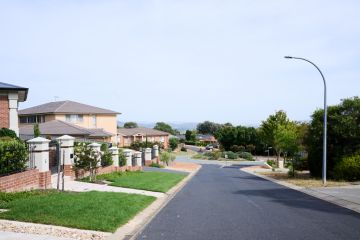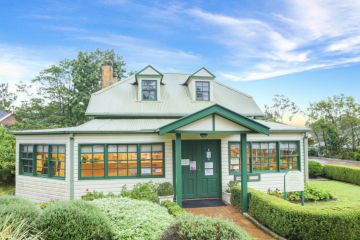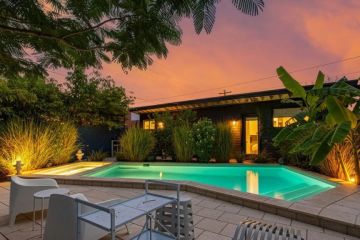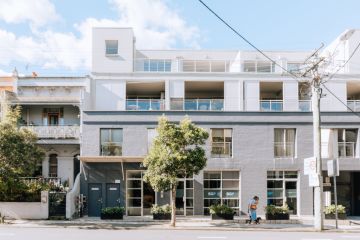How the property market became millionaires’ row
Median house prices in Australian capital cities have seen a dramatic change over the past decade, moving from an affordable price point to a millionaires’ row.
Sydney’s median house price hit $1 million about 10 years ago and has climbed since, while Melbourne and Canberra have been hovering above $1 million since the lockdown-era. Brisbane and Adelaide have reached seven figures within the last year and Perth isn’t far off, based on Domain’s median house price data.
In the June quarter of 2014, median house prices in every Australian capital city were below $1 million, according to Domain. Sydney had a median house price of $815,370, Melbourne was $603,631, and Canberra’s was $584,349.
By the June quarter of 2024, these three capital cities had increased, all having median house prices of more than $1 million – at $1,654,012, $1,045,894 and $1,079,479 respectively.
Many of the other capitals weren’t far behind, with data from the June quarter of 2024 showing Brisbane’s median house price at $986,588, Adelaide at $907,564, and Perth at $871,953. Perth’s median house price for the March quarter 2025 was $917,706.

So why has buying a house become so expensive?
Dr Nicola Powell, chief of research and economics at Domain, said two factors have pushed up houses prices: population growth and an undersupply of housing.
“Australia has seen strong population growth for many years, even before the pandemic, and we have not matched new housing supply to this growth,” she said.
“What it has done over time is just exacerbated the scenario that houses have become so expensive.”
This undersupply of housing worsened throughout the pandemic due to shortages in materials and labour, meaning we’re still playing catch-up, she said. It also drove up the cost of building new houses, making it difficult for various buyers, particularly first home buyers, to purchase a house in capital cities.
“The median house prices showcase how hard it is for first home buyers to get into the market,” Powell said.
“The million-dollar house comes once you’re on the ladder and doing a step up, but it’s really challenging for a first home.”
Powell believes the first home dream has been become one of high- or medium-density housing, or a house outside of the capital cities, where prices are lower.
“This is particularly evident in Sydney, where people try to seek affordability in regional NSW or south-east Queensland,” Powell said.
Dr Diaswati Mardiasmo, chief economist at PRD Real Estate, agreed, saying that while the million-dollar median house price may be realistic for some buyers, “it’s tight”.
“At the moment, on average, Australians are spending about 53 per cent of their median household income to pay mortgages, so it’s realistic from that perspective, but it becomes really, really tight because everything else is going up and, of course, not everyone can afford to spend that amount on their mortgages.”

To help secure loans, purchase houses, and pay mortgages, Mardiasmo said many Australians are doing their research and sometimes, getting creative.
“Lots of first home buyers are good at accessing the grants available to them. They are looking for discounts with home builders, some are helped by the bank of mum and dad, while others are working two jobs or pooling with siblings or friends to get a loan and break into the property market.”
Despite interest rate cuts, Ray White chief economist Nerida Conisbee said we shouldn’t expect house prices to stop going up.
“They will continue to rise, but not like they did during the pandemic,” she said.
The continuing rise will be generated mostly by the lack of housing supply, and until this issue is resolved, prices will keep increasing.
“It will be an interesting time,” Conisbee said.
To help combat the issue, Conisbee said that not only do we need to build more homes where people want to live, but there needs to be an adjustment in the types of homes people are looking for.
“The greatest growth in housing type has been in homes that have four bedrooms, but when we look at what’s happening to household types, we have actually seen the greatest increase being in single-person households, so we have a significant mismatch,” she said.
Mardiasmo said, reducing government red tape and streamlining processes for building new homes is essential.
“Recognising tradies and builders’ licences nationally rather than having them state-based and simplifying the admin part of the building and zoning processes would make things easier,” she said.
Additionally, Mardiasmo said Australia needs to explore different types of housing that are widely seen in other countries.
“Making or remaking our building codes so it recognises all the other types of houses like capsule homes, modular homes, and making tiny homes easier to build. Being more open to that will help.”
We recommend
We thought you might like
States
Capital Cities
Capital Cities - Rentals
Popular Areas
Allhomes
More
